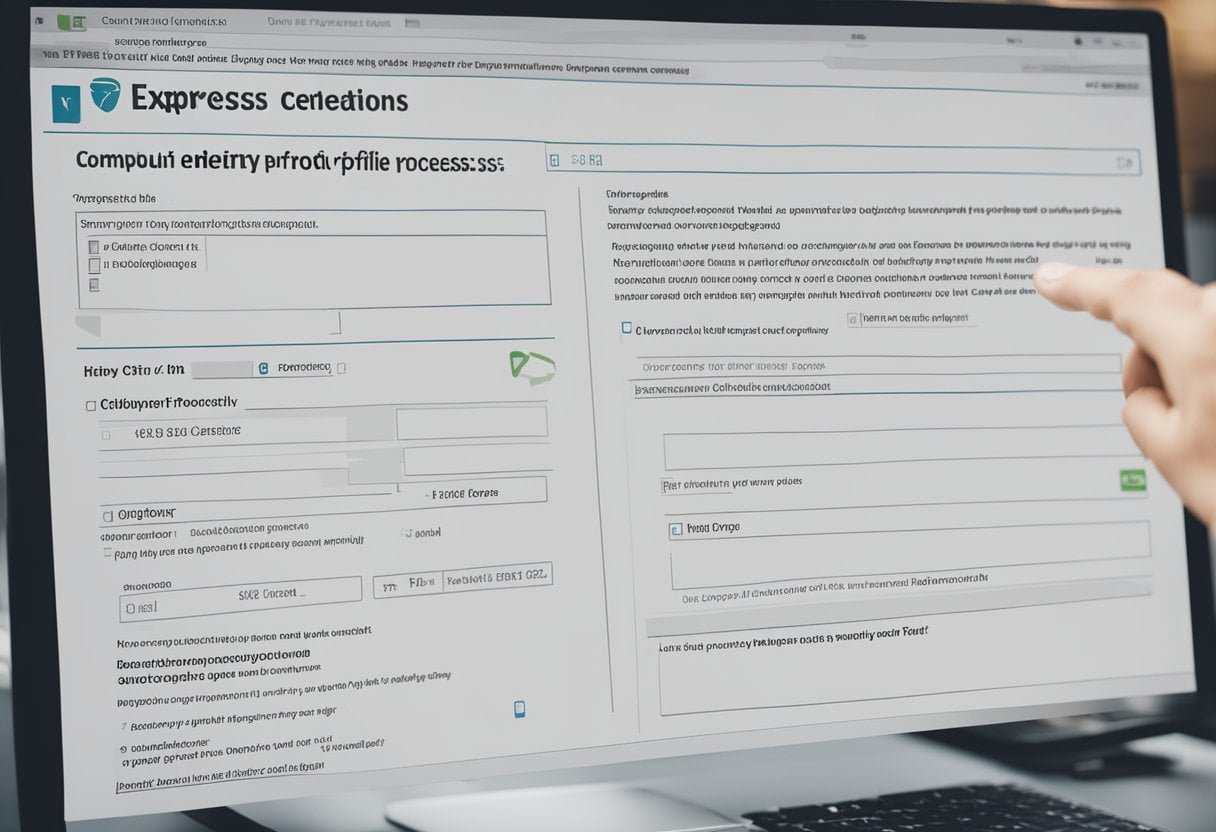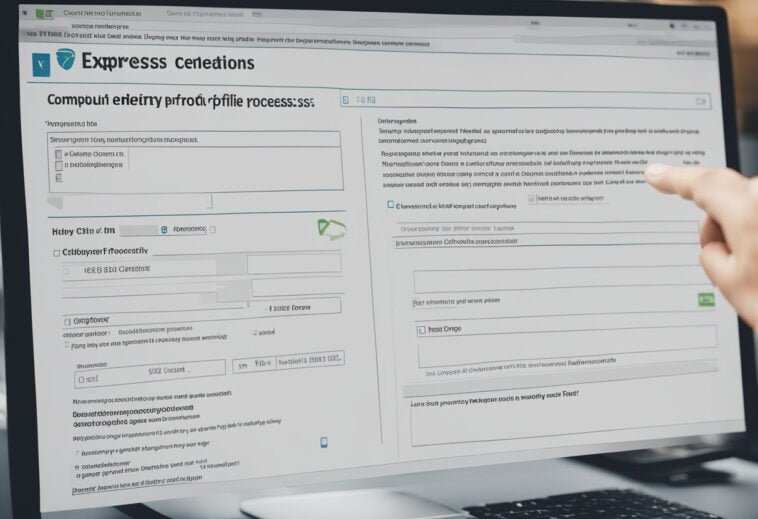Creating an Express Entry profile can seem overwhelming, but it can open doors to a new life in Canada. The step-by-step process for creating this profile ensures applicants can accurately showcase their qualifications and improve their chances of being invited to apply for permanent residency. With the right preparation and knowledge, anyone can navigate the system effectively.

Gathering necessary documents is essential before starting this process. Applicants need to have proof of identity, such as a passport, and other relevant information ready at hand. This preparation helps to make the submission process smooth and efficient.
Completing the profile involves providing accurate information about skills, work experience, and education. By understanding each step, candidates can position themselves favorably within the Comprehensive Ranking System. Following the outlined steps can lead to a successful application and the opportunity to live in Canada.
Eligibility Criteria
To create a successful Express Entry profile, applicants must meet specific eligibility criteria. These factors include job classifications, language skills, education assessments, work experience, and adaptability components.
National Occupational Classification (NOC) Requirements
The National Occupational Classification (NOC) is a system used to classify jobs in Canada. To be eligible under Express Entry, candidates must have work experience in an occupation that falls under a NOC skill type 0, A, or B.
- Skill Type 0: Management jobs
- Skill Type A: Professional jobs that usually require a university degree
- Skill Type B: Technical jobs and skilled trades
Candidates must enter their NOC code accurately in their profile to ensure their experience aligns with Express Entry requirements. It is essential to check the latest NOC updates, as classifications can change periodically, affecting eligibility.
Language Proficiency Tests
Language skills in English or French are crucial for Express Entry eligibility. Candidates must take a government-approved language test to assess their proficiency. Tests like IELTS for English or TEF for French are common options.
Results must meet minimum Canadian Language Benchmark (CLB) levels. Typically, for federal skilled workers, a CLB level of 7 is required. Higher scores can significantly improve a candidate’s Comprehensive Ranking System (CRS) score, enhancing their chances of receiving an invitation to apply.
Education Credential Assessment
Candidates with foreign educational credentials must have their education assessed through an Educational Credential Assessment (ECA) report. This evaluation determines if their qualifications are equivalent to Canadian standards.
Recognized organizations for ECA include the World Education Services (WES) and International Credential Assessment Service of Canada (ICAS). Having a valid ECA report is necessary to gain points for education on the CRS. Individuals should ensure they initiate this process early, as it may take time to receive results.
Work Experience
Work experience is a vital factor in the Express Entry assessment process. Candidates must demonstrate at least one year of full-time (or equivalent) skilled work experience in their nominated NOC occupation.
This experience should have been gained within the last ten years and must be continuous and paid. Employments can be part-time or full-time, but they must meet the NOC requirements. Accurately detailing work experience in the Express Entry profile is critical, as this information will be thoroughly assessed.
Adaptability Factors
Adaptability factors can help candidates enhance their profiles by showcasing potential to settle successfully in Canada. These factors consider various elements that demonstrate a candidate’s ability to integrate into Canadian society.
Some key adaptability aspects include having relatives in Canada, previous work or study experience in the country, and having a spouse or partner with Canadian education or work experience. Each of these factors can provide additional points in the CRS, improving the overall profile score and increasing the chances of receiving an Invitation to Apply (ITA).
Creating Your Express Entry Profile
Creating an Express Entry profile involves several key steps. It is important to gather the right documents, accurately fill out the online form, submit the profile, and then wait for an invitation to apply. Following these steps carefully helps ensure a smoother immigration process.
Gathering Necessary Documents
Before starting the profile, an individual must collect important documents. The essential documents include:
- Passport or travel document: This proves identity and nationality.
- Educational Credential Assessment (ECA): This report confirms that foreign education meets Canadian standards.
- Language test results: Tests like IELTS or CELPIP are required to show proficiency in English or French.
- Work experience letters: These should detail job roles, duties, and duration of employment.
Having these documents ready helps save time and avoids delays in the application process.
Filling out the Online Form
The online form is where an individual showcases their qualifications. Accuracy is crucial. Here are the main sections to complete:
- Personal Information: Enter name, date of birth, and contact details.
- Language Skills: Include scores from language tests.
- Education: Provide details about Canadian equivalency for foreign degrees using the ECA.
- Work Experience: List previous jobs using the National Occupational Classification (NOC) codes.
Double-check for errors before moving on. Mistakes can lead to disqualification or delays.
Submitting the Profile
Once the form is complete, it can be submitted online. It is important to review everything again to ensure accuracy. After submission, the profile enters the Express Entry pool. Candidates are ranked based on the Comprehensive Ranking System (CRS).
To increase chances of receiving an invitation, an individual can improve their CRS score through:
- Getting higher language test scores.
- Adding more work experience.
- Completing additional education.
Awaiting Invitation to Apply
After submission, the next step is to wait for an invitation to apply (ITA). The Canadian government conducts regular draws from the Express Entry pool. Candidates are selected based on their CRS scores.
If selected, they will receive an ITA, which allows them to apply for permanent residency. It is crucial to prepare documents for the application promptly. Failure to respond in a timely manner might result in missing the opportunity.
By understanding each step, individuals can create a well-prepared Express Entry profile.


